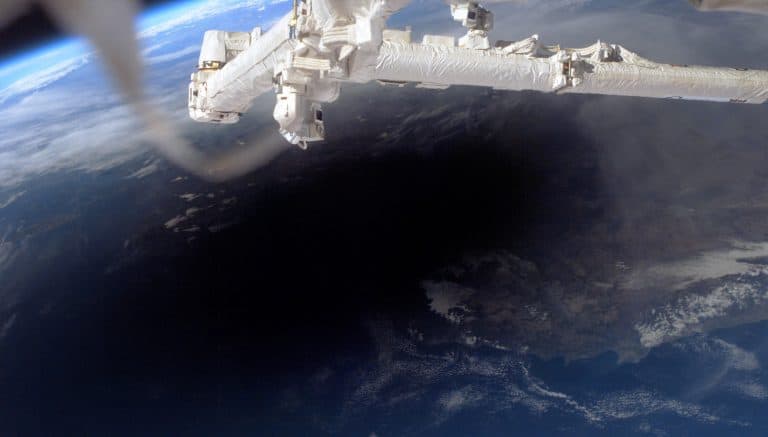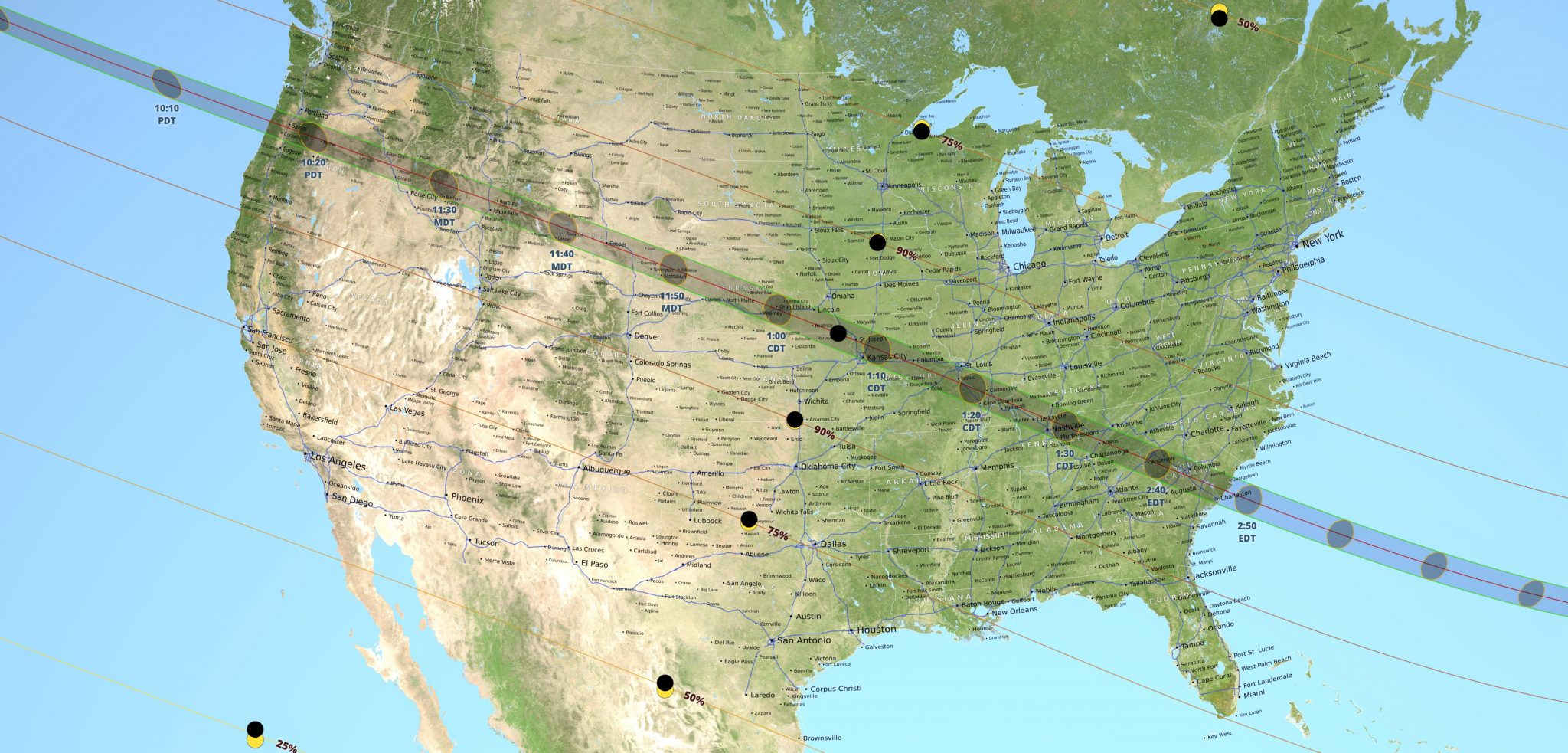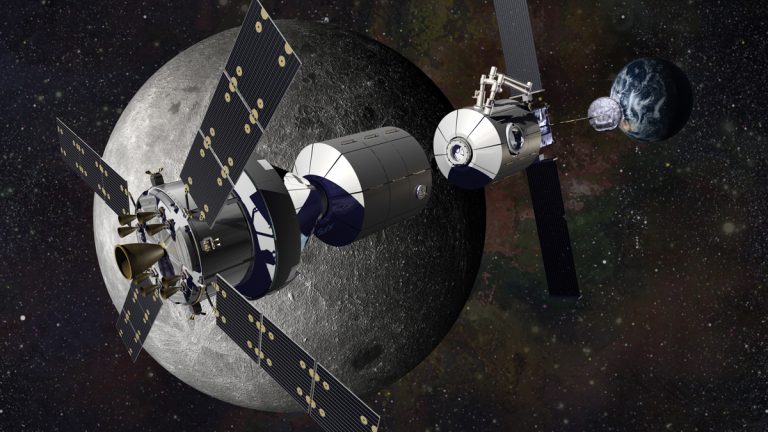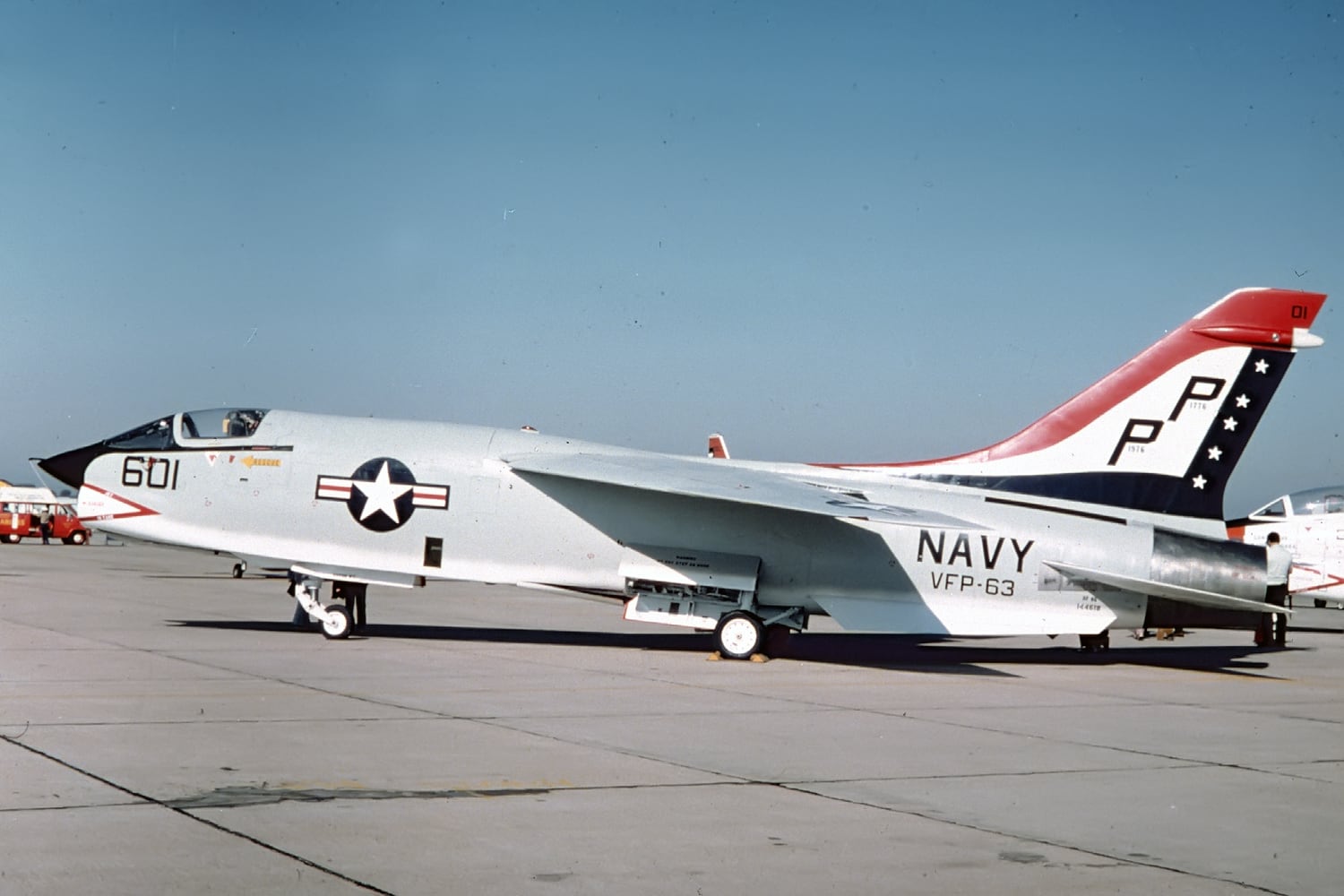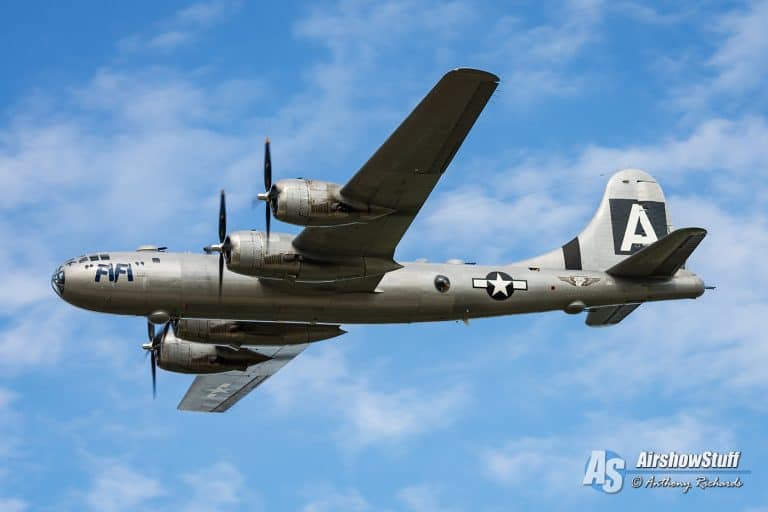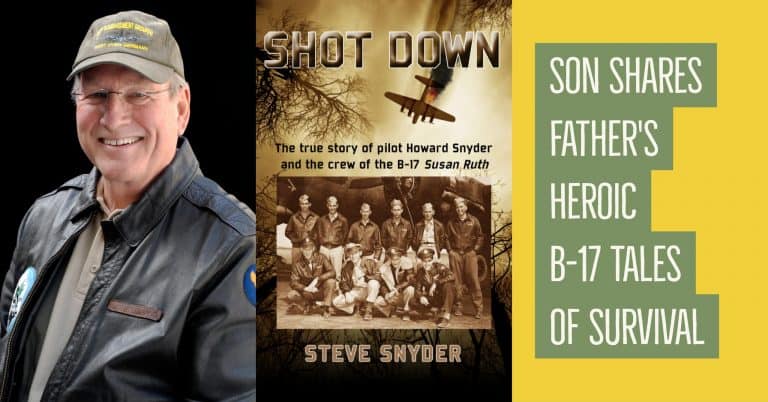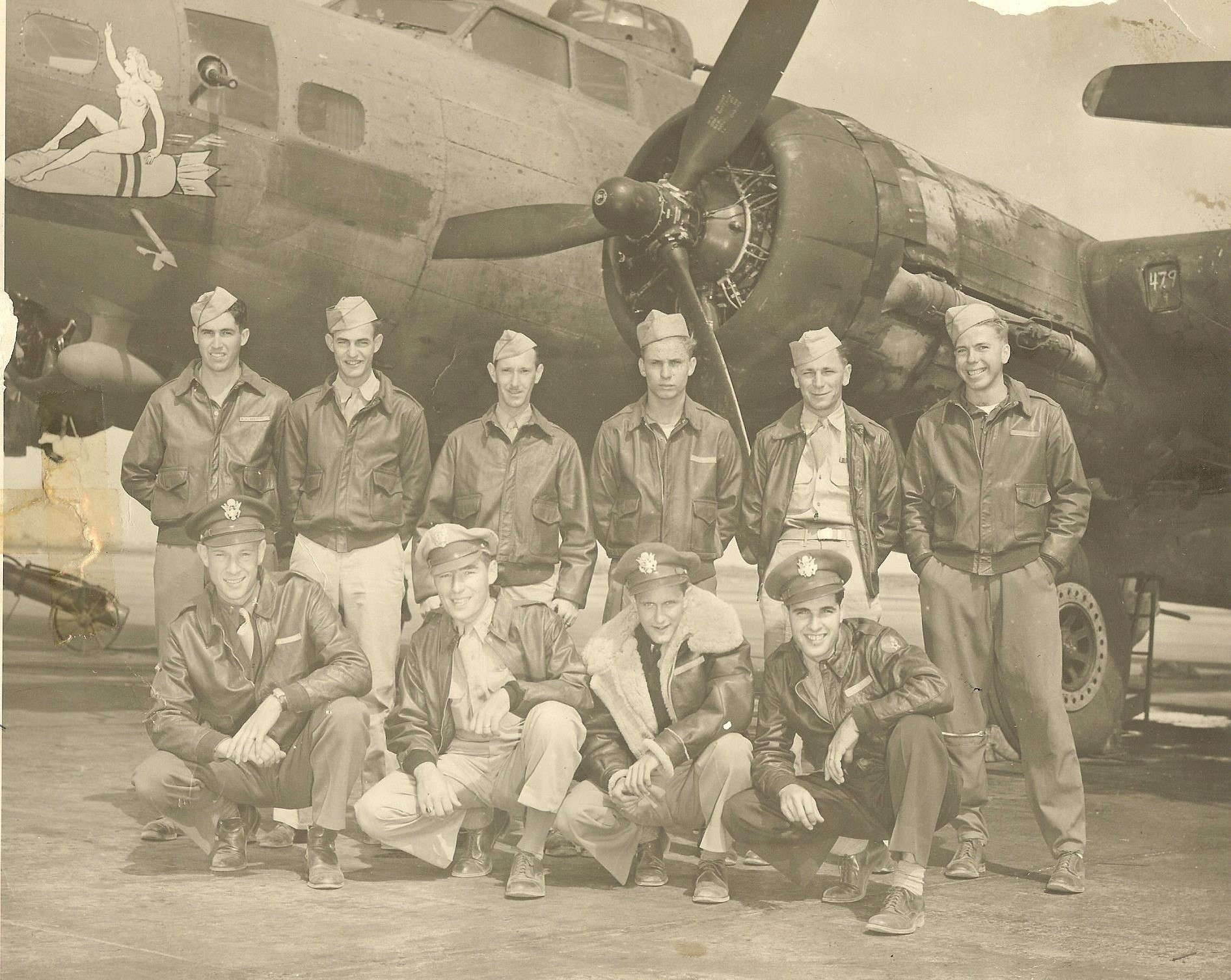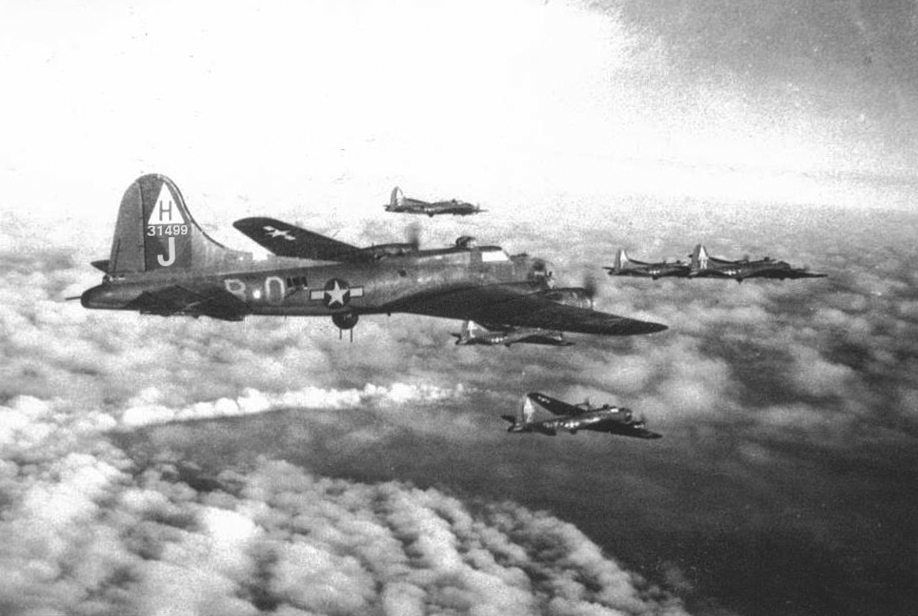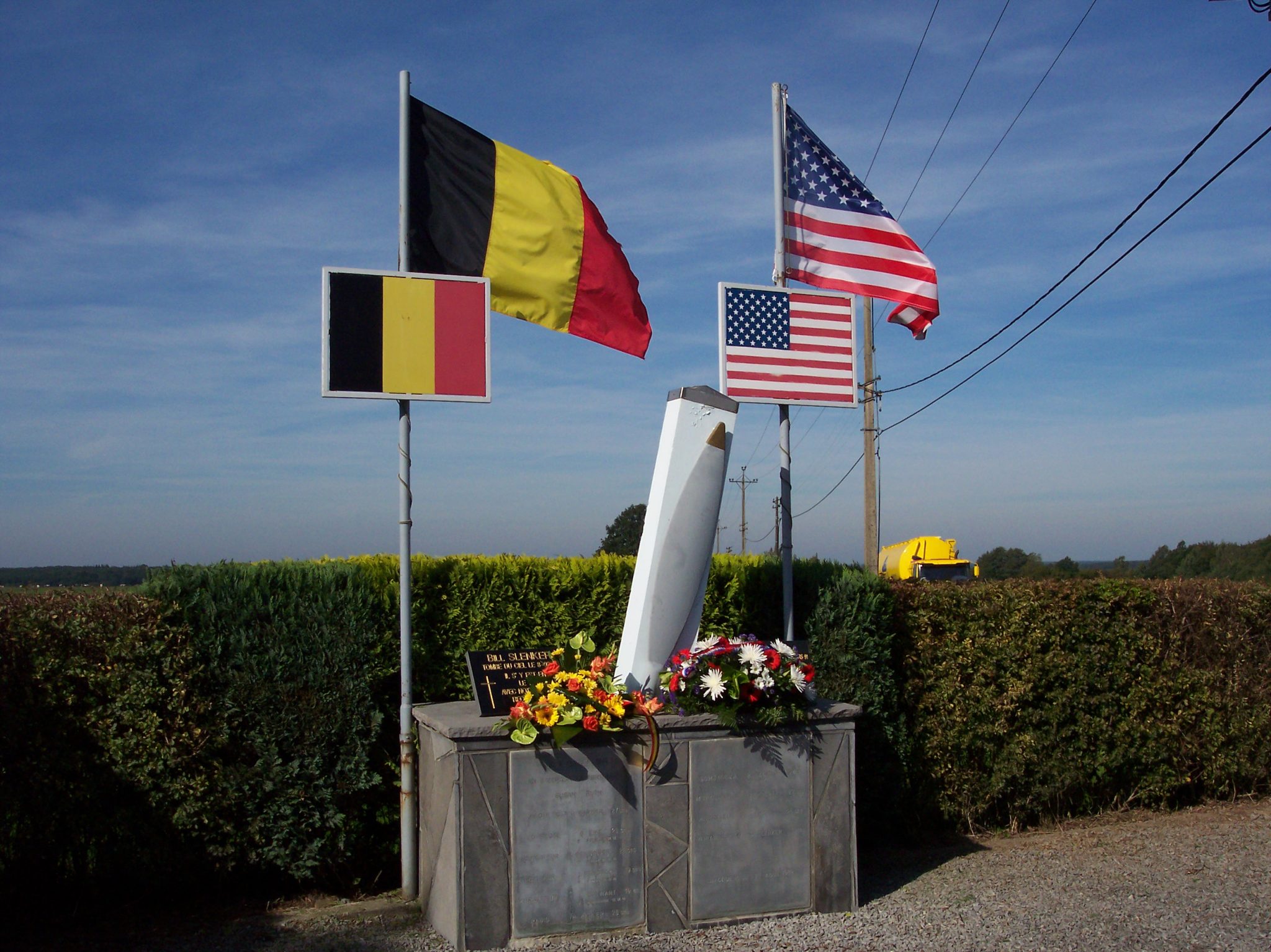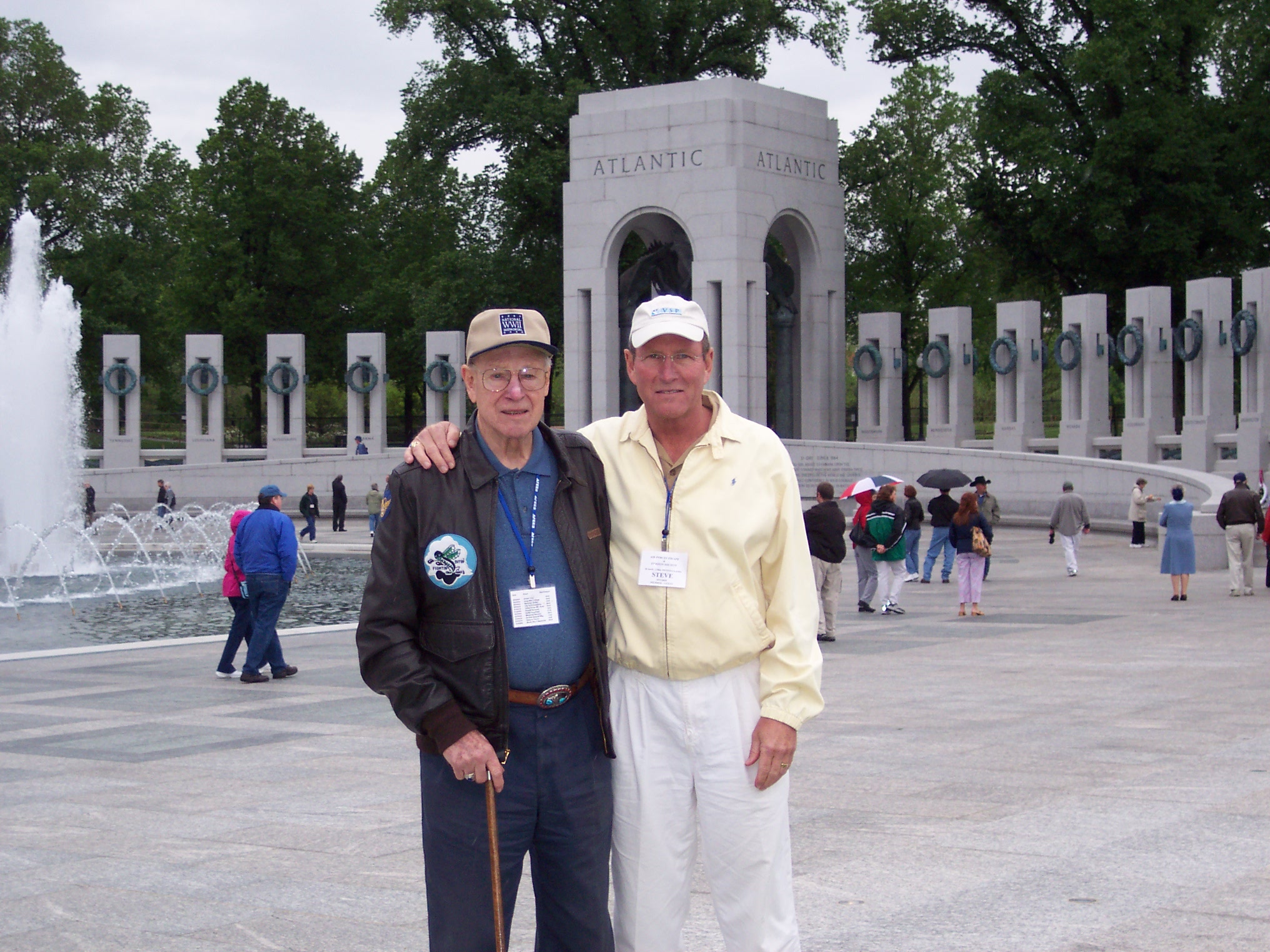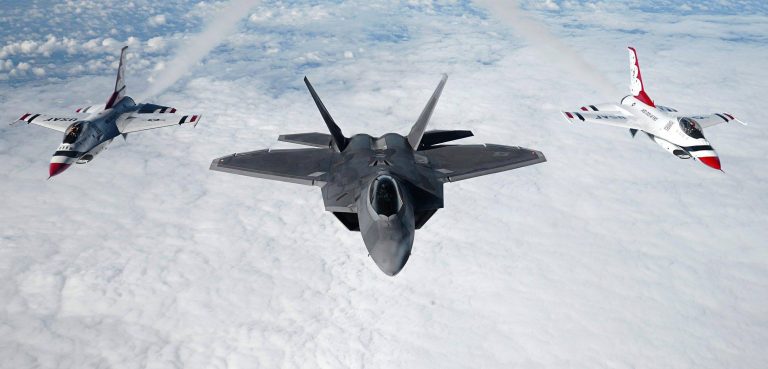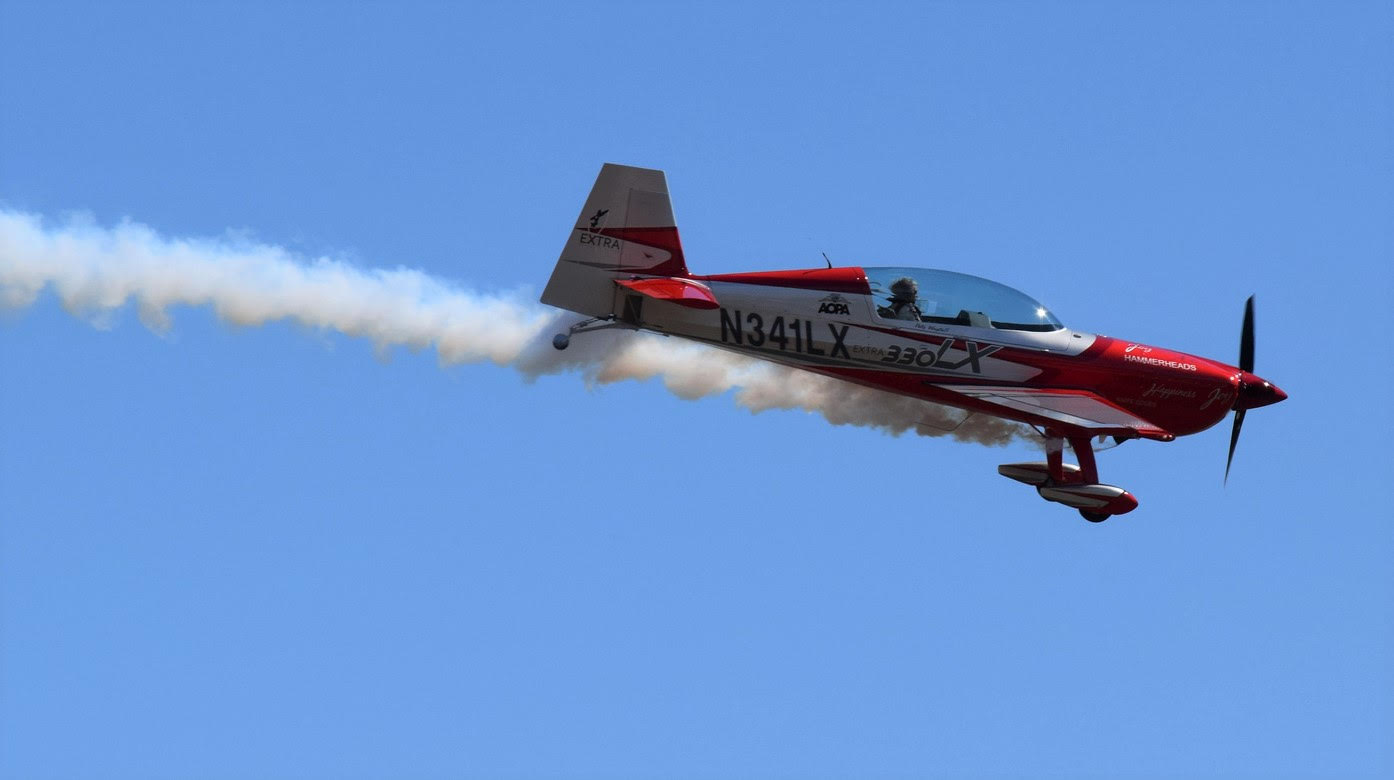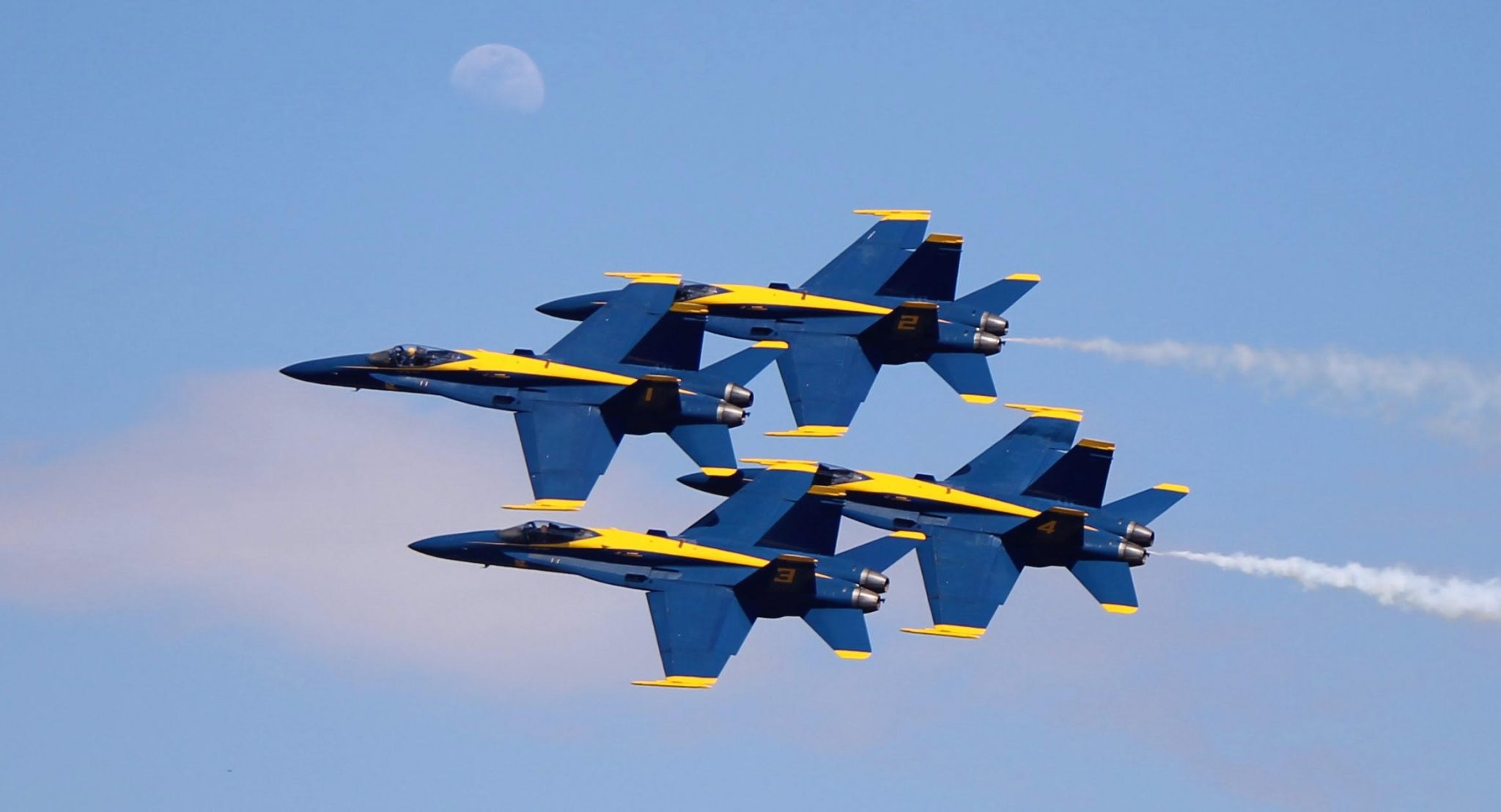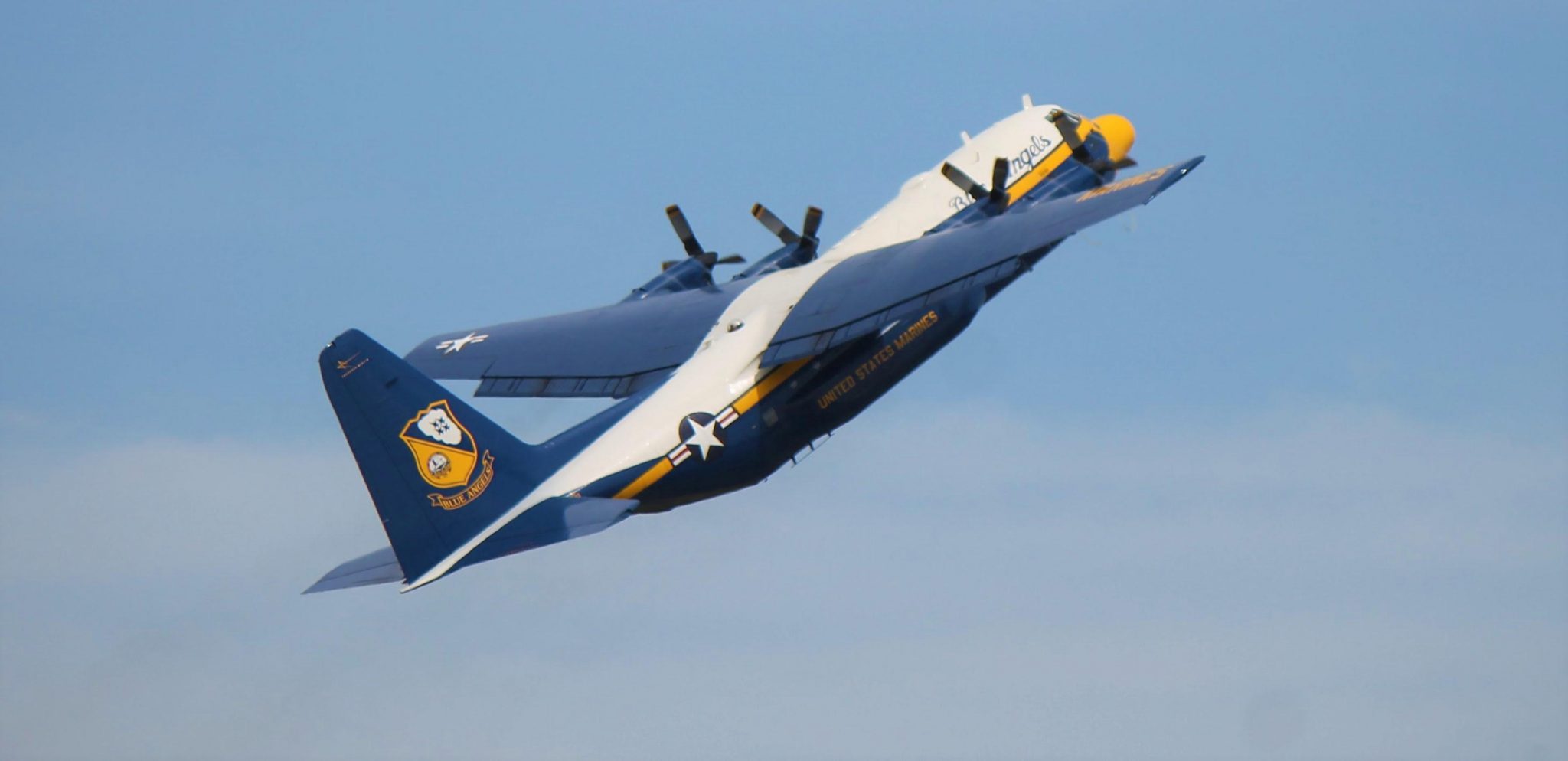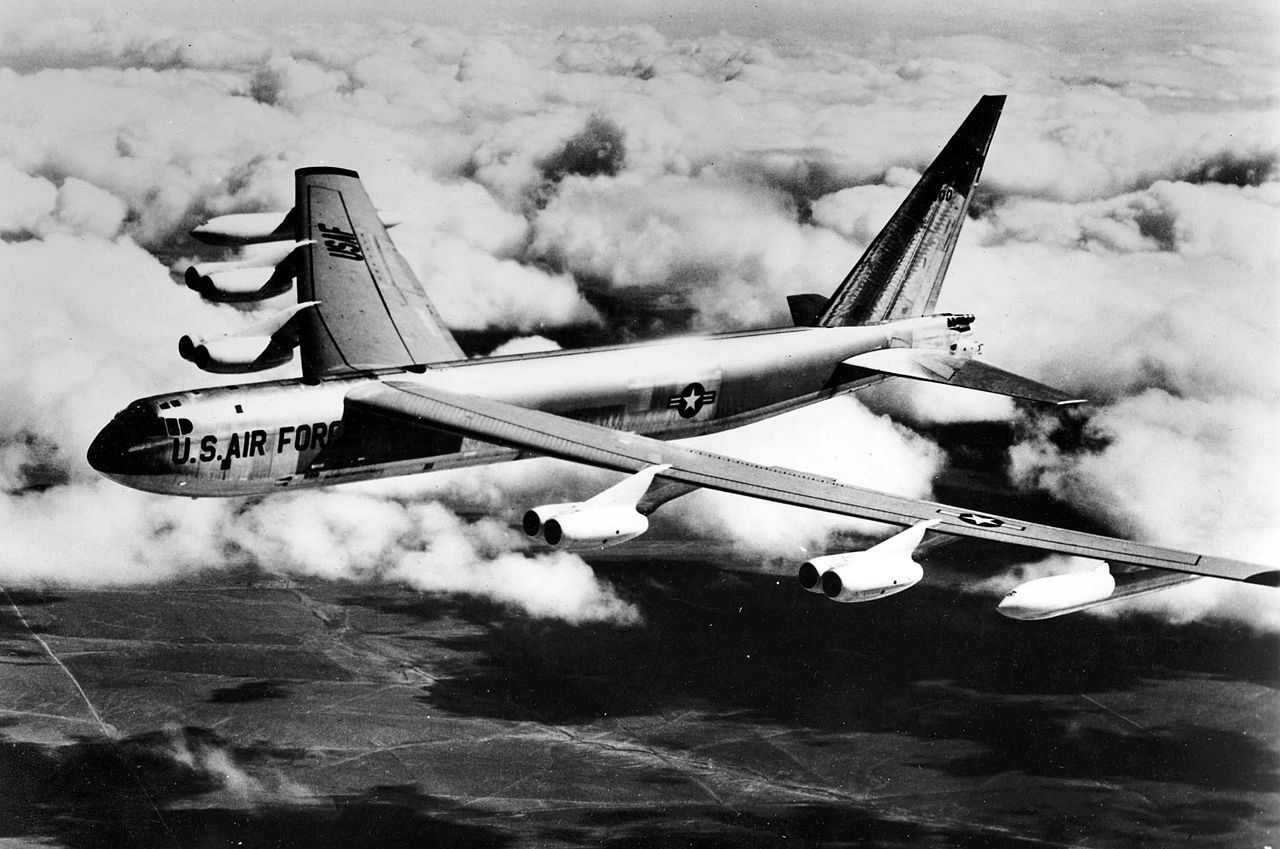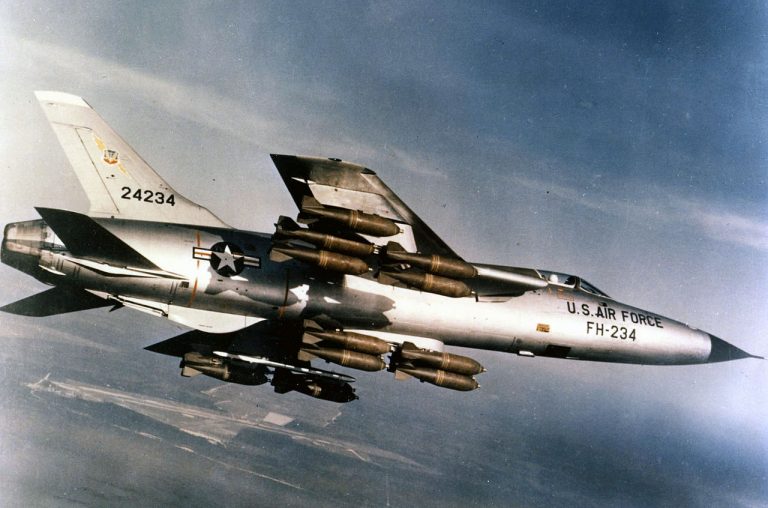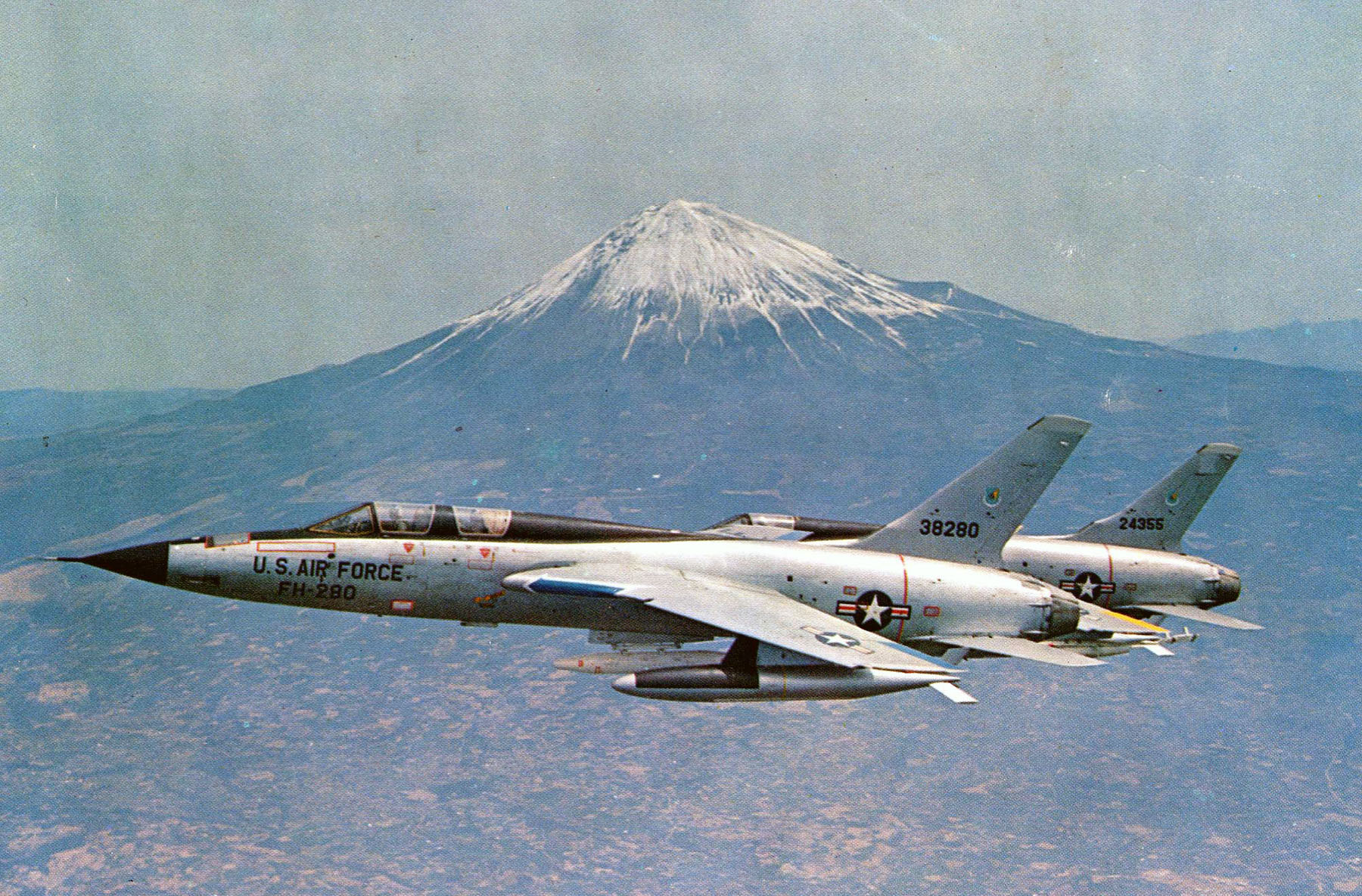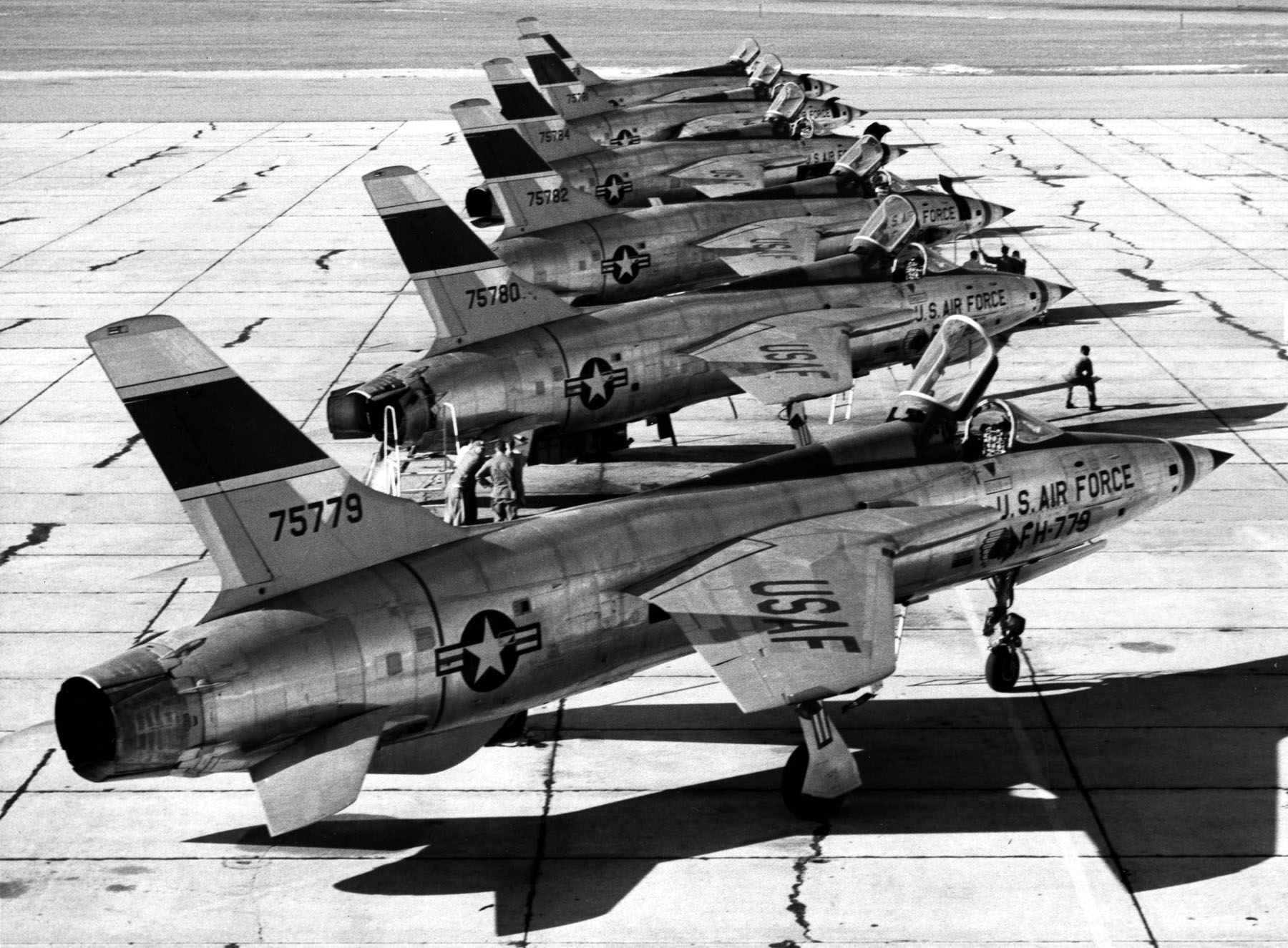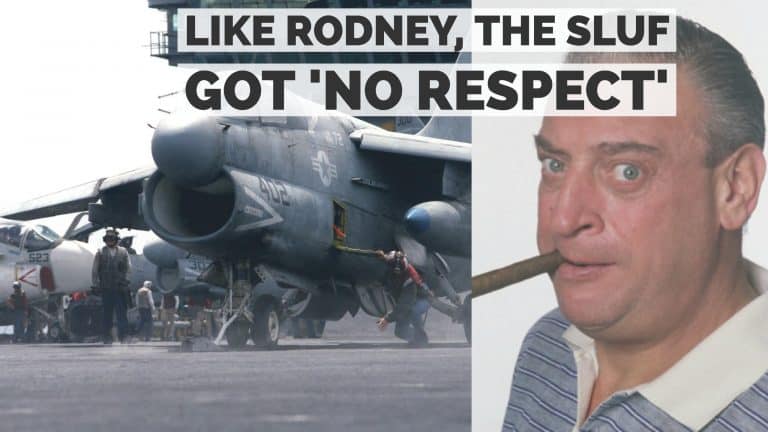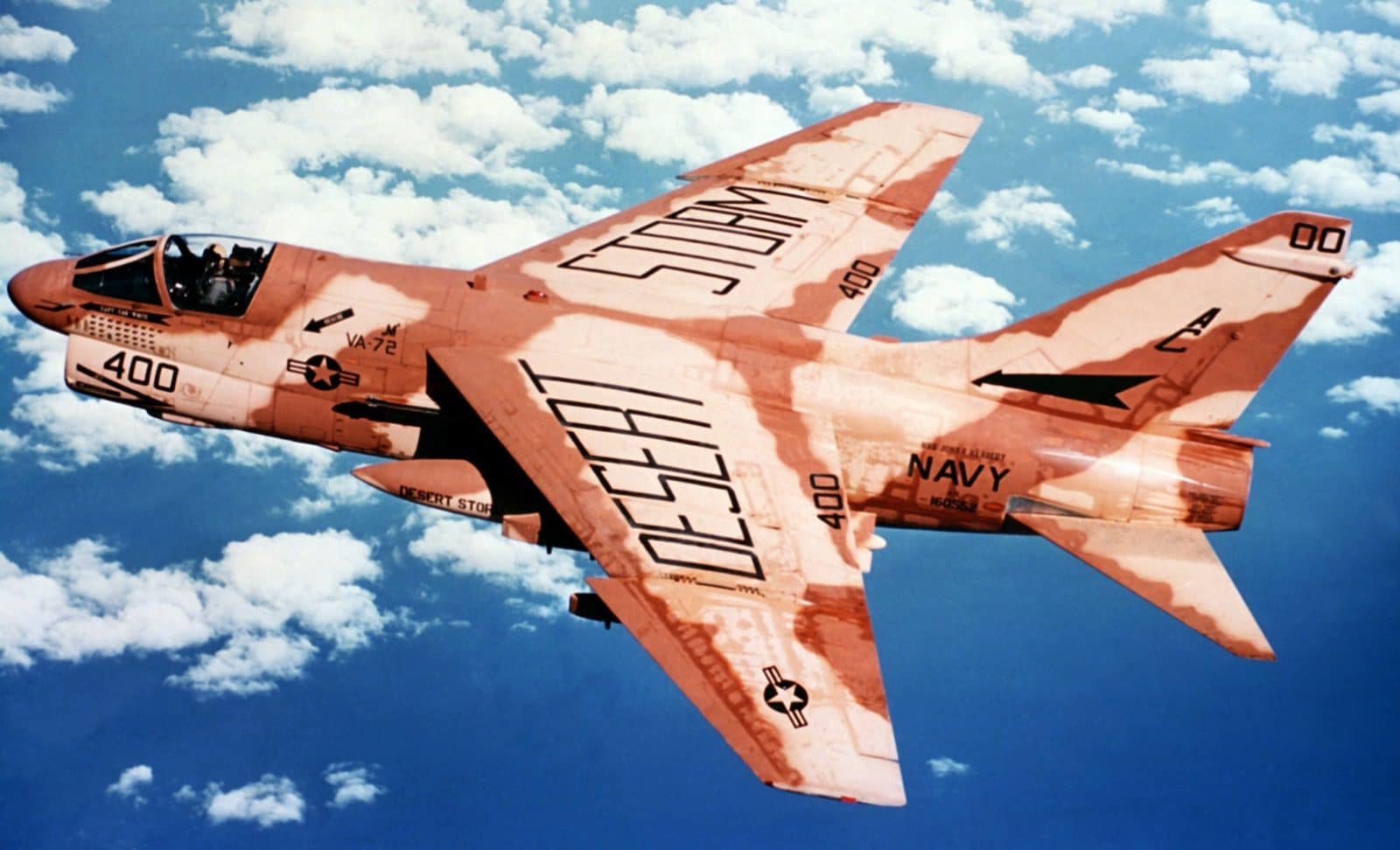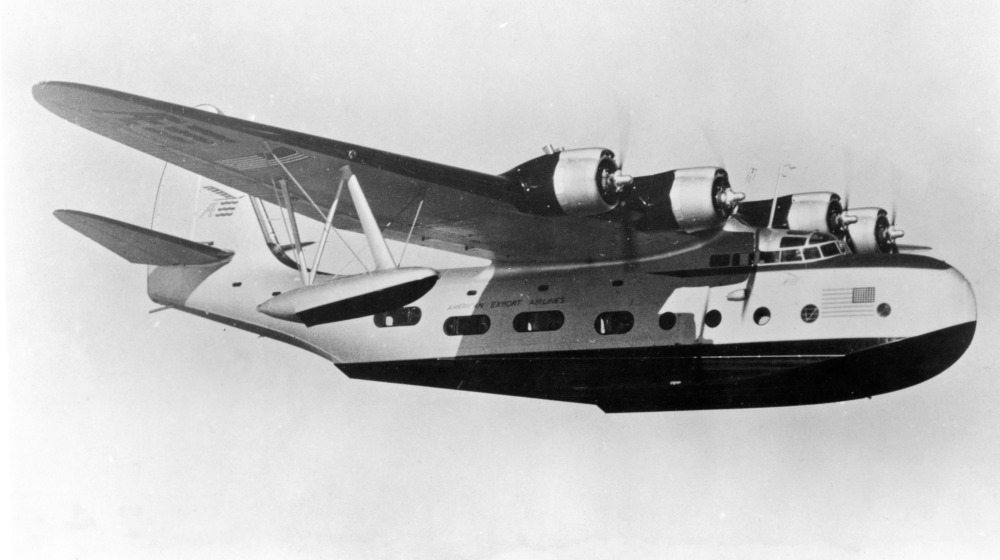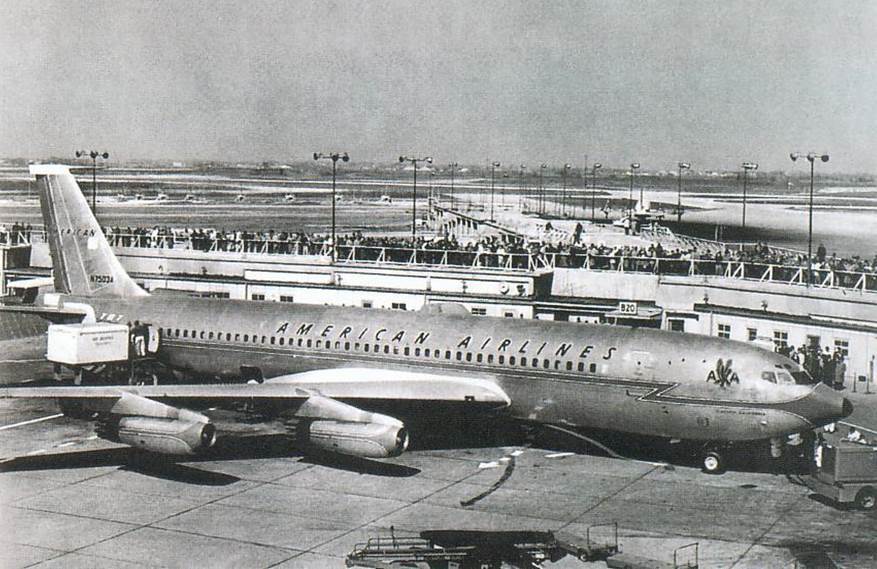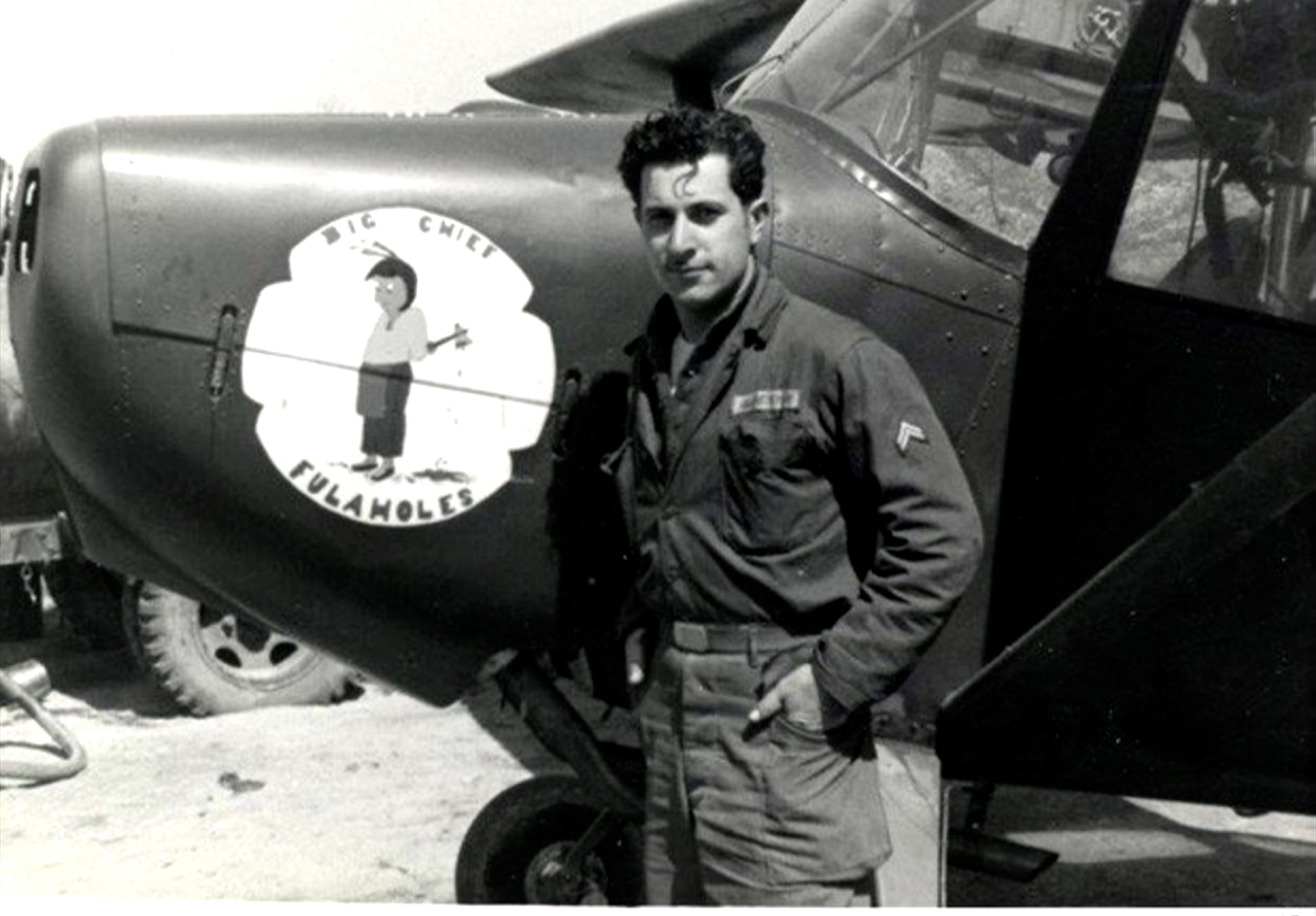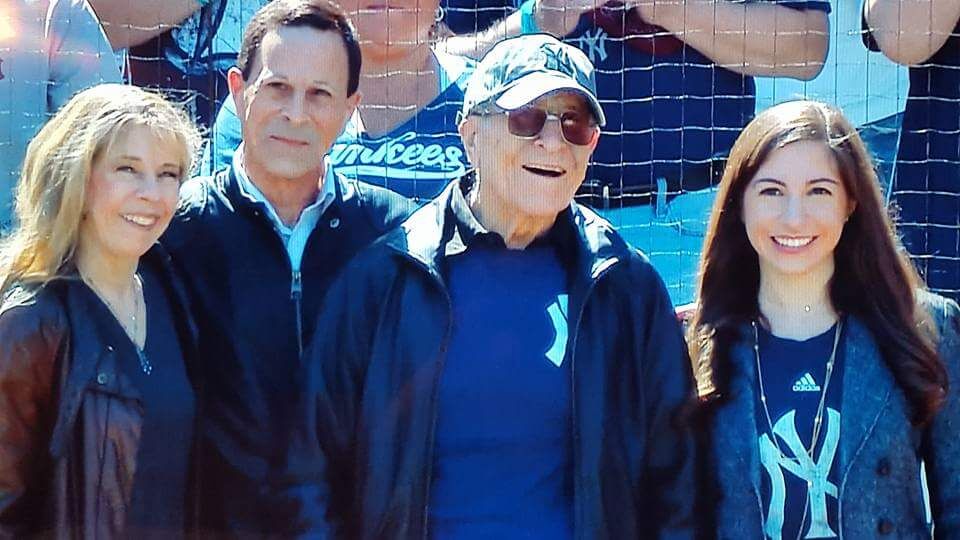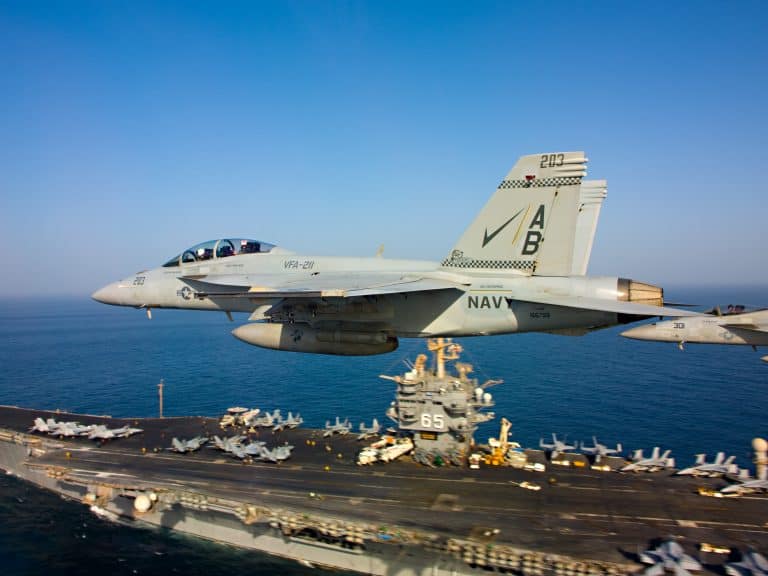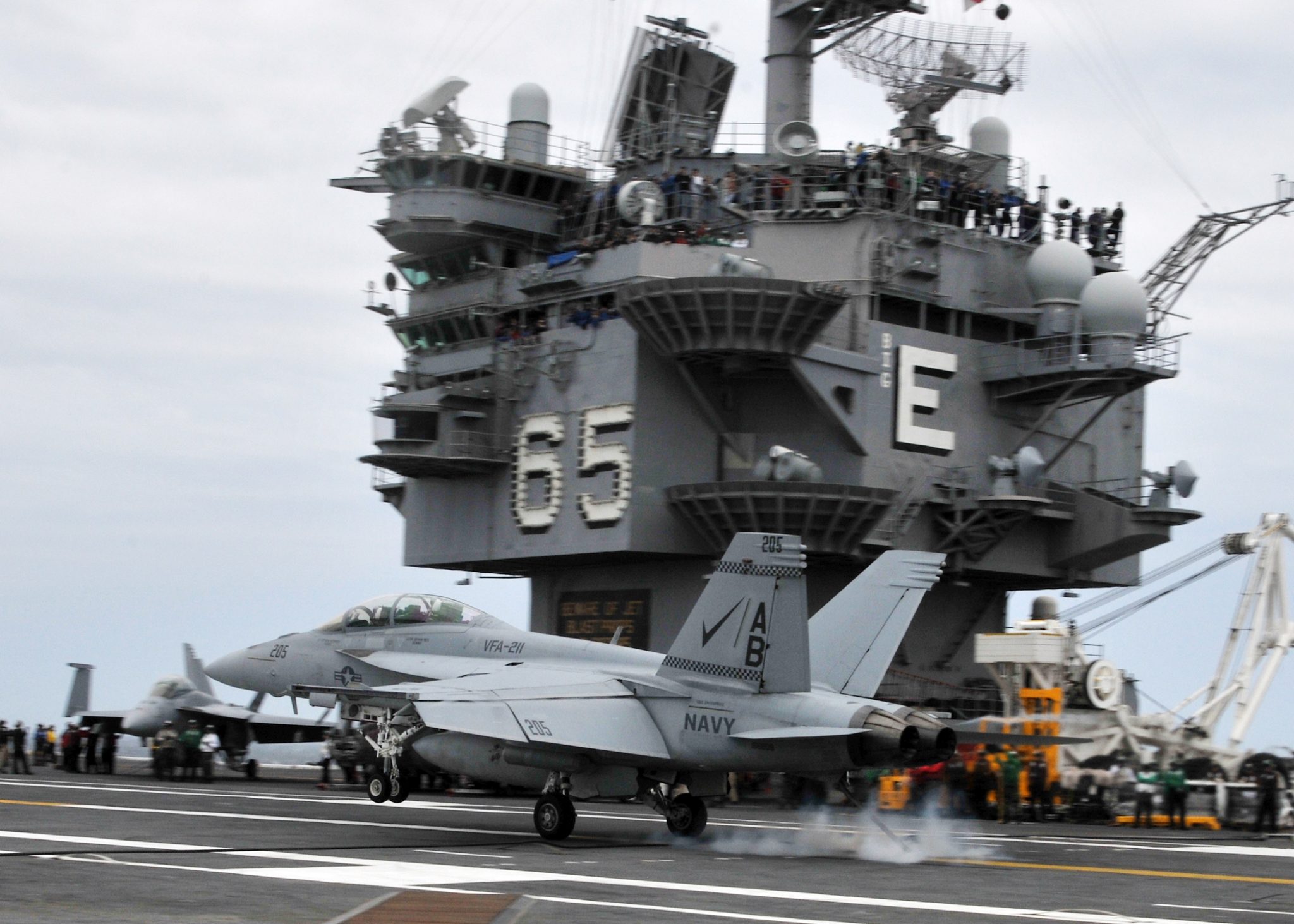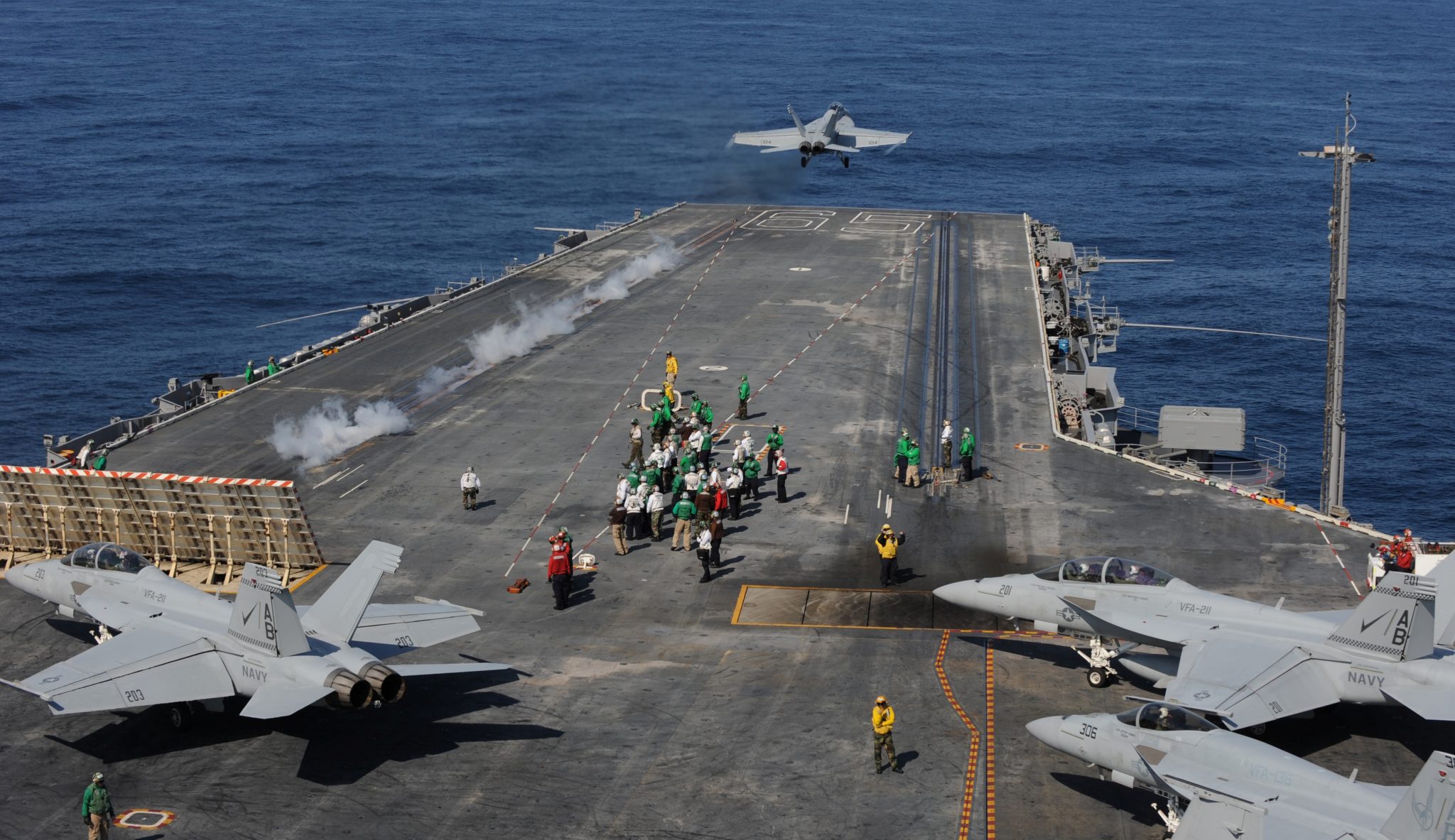CAPE CANAVERAL, Fla. — Astronauts aboard the International Space Station may have the best windows for viewing the Great American Eclipse as they photograph and record August’s astronomical event during three consecutive orbits.
Soaring 255 miles above, the six person crew of Expedition 52 will have detailed observation objectives in place as they point cameras from the Cupola’s windows while they trek across North America once every 91 minutes. They will also be the first humans to witness this solar eclipse thanks to orbital mechanics.
In May 2012, NASA astronaut Don Pettit witnessed a solar eclipse from Earth orbit. “It is amazing to see an eclipse from orbit,” Pettit recalled. “The shadow on Earth looks just like what you see in the physics and astronomy books.”
Newly released ground tracks by NASA provided to AvGeekery.com show the space station’s three positions as it passes through the Moon’s penumbra during the midday hours of August 21 — the height of solar eclipse across America. Astronauts will attach special solar filters to their 400 mm and 800 mm cameras as they approach their first observation’s over the Pacific Ocean.
“Our flight team is tracking opportunities for the astronauts on board the station to photograph both the eclipse and the Moon’s shadow on the planet,” NASA spokesperson Dan Hout explained to this aerospace journalist from the Johnson Space Center near Houston on Monday. “With the current calculations, the station should have three passes to view the eclipse.”
During the first transit across the United States, the space station’s crew will experience a partial solar eclipse with only 37% of the Sun covered by the Moon at about 12:41 p.m. EDT. Hout noted that as the station crosses the California coastline at this time, the eclipse will not have begun for those on Earth, however, a partial eclipse will be in progress and observed by the crew of six aboard the orbital outpost.
The station’s second pass over North America will observe a greater view of a partial solar eclipse. The crew will again train cameras on a totality of 44% of Sun coverage by the Moon at 2:24 p.m.
“At the closest approach, ISS will be just south of Hudson Bay while the Moon’s umbra shadow is located in southwestern Kentucky just over 1700 km away,” Hout added from his NASA office. “While ISS does not pass near the location of the Moon’s umbra, the Moon’s umbra should still be easily visible near the horizon.”
As the orbital laboratory sails into an orbital sunset during its third orbit of the eclipse timeline, the station’s crew will witness their best viewing of the celestial ballet. As the space station passes over the central Atlantic Ocean at 4:18 p.m., the crew will observe a partial solar eclipse of 85% for only seconds as their orbital velocity of 17,450 m.p.h. takes them into a golden sunset about five minutes later.
“This pass offers the opportunity to see the Sun with horns as it sets into the atmosphere assuming an appropriate filter is used to block the Sun’s brightness,” said Hout poised with an orbital tracking map before him. “At sunset, 27% of the Sun will be covered by the Moon.”
Photographs taken from the space station will appear on NASA.gov soon after the orbital passes.
Closer to home, NASA will launch two aircraft from Ellington Field near Houston to observe the American eclipse. NASA’s twin WB-57 aircraft will fly together at an altitude of 50,000 feet loaded with both visible and infrared telescopes to gather solar eclipse data during an eight minute window. The twin aircraft plan to be over the Carbondale, Illinois region during the short totality window.
“The eclipse will provide a unique opportunity to study the sun, Earth, moon and their interaction because of the eclipse’s long path over land coast to coast,” NASA spokesperson Brian Dunbar added. “Scientists will be able to take ground-based and airborne observations over a period of an hour and a half to complement the wealth of data and images provided by space assets.”
NASA is informing the public who plan to observe the eclipse to check the safety authenticity of glasses labeled for eclipse viewing sold online or in stores. The space agency stated this week that eclipse viewing glasses and solar viewers should have a designated ISO 12312-2 certification, and that the manufacturer’s name and address is printed somewhere on the product.
The space agency will provide live video streaming of the solar eclipse from earth bound NASA centers based on cloud coverage. The space station’s own HD video camera may provide a rare real time view of the moon’s shadow.
(Charles A. Atkeison reports on aerospace and technology. Follow his updates on social media via @Military_Flight.)

